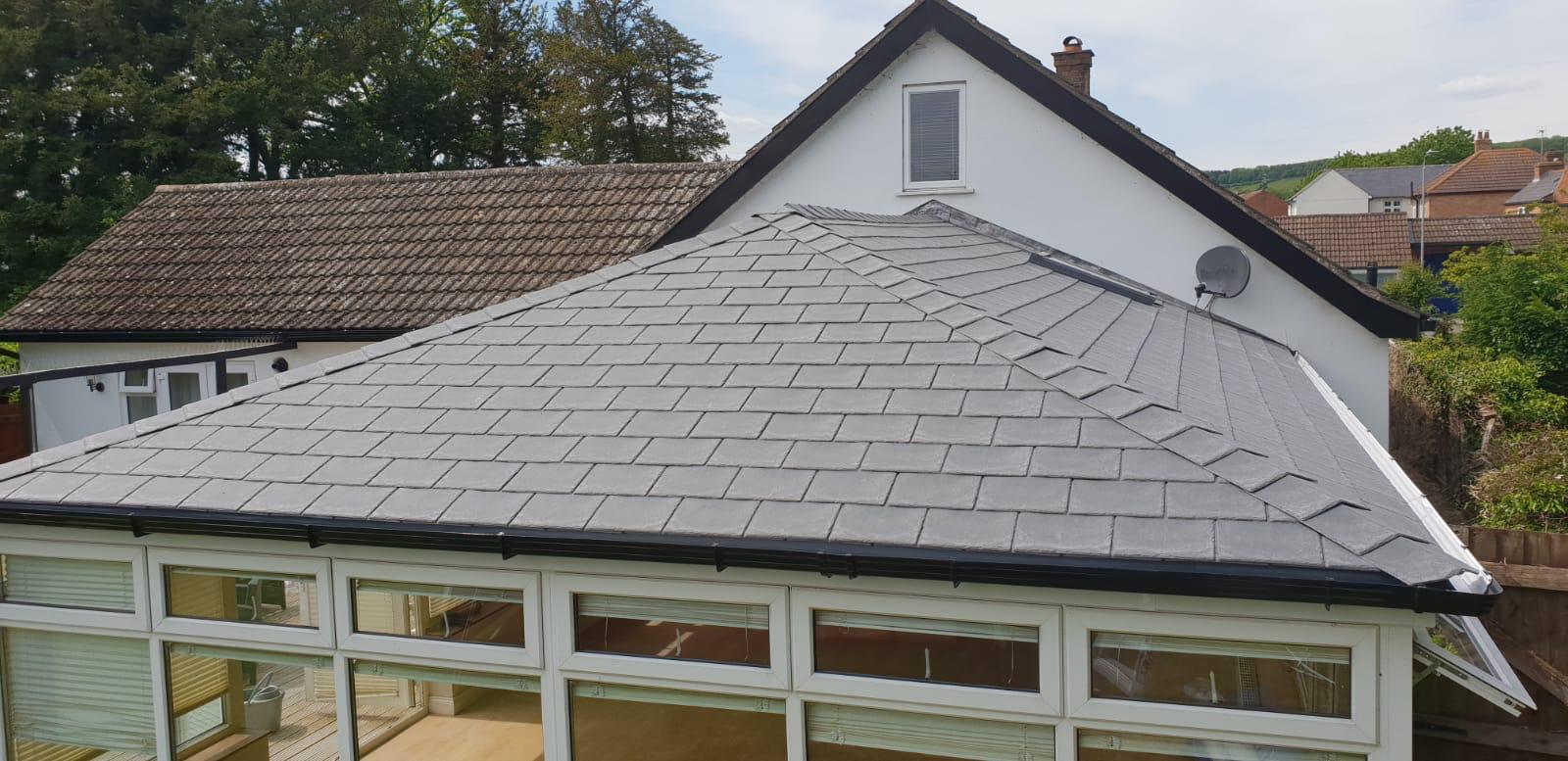Roof Replacement in the UK: A Complete Guide
Roof Replacement in the UK: A Complete Guide
Blog Article
Roof replacement is one of the most important investments a UK homeowner can make. Over time, even the most well-constructed roofs begin to show signs of wear and tear, especially given the often unpredictable British weather. From relentless rain to heavy winds and occasional snowfall, the UK climate can take a serious toll on roofing materials. Homeowners may begin to notice loose tiles, leaks, moss growth, or uneven rooflines-all signs that a roof may be nearing the end of its lifespan. Ignoring such problems can result in internal water damage and insulation issues, as well structural weakness. A timely roof replacement can not only increase the value of your home, but also protect it. It is important to know when and how you should replace your roof in order to ensure safety and comfort.
Roof replacements are necessary when damage is too severe to repair. Roof deterioration can be caused by age and regular wear, leading to leaks, sagging or the removal of shingles. In the UK, tiles, flat roofs and slates are all common roofing materials. Each has its lifespan. For example, traditional clay or concrete tiles can last for around 50 years or more, while asphalt shingles typically last between 20 and 30 years. Replacement is the best solution when these materials start to break down. This will prevent any further structural and interior damage. It is important to replace your roof for safety reasons and the protection of your house.
It is important to know when the roof needs replacing. This will help you avoid unnecessary costs and further damages. While minor repairs can prolong the life of a roof, certain signs indicate that it is time to replace the roof entirely. One of the most obvious signs is the presence of frequent leaks, especially if water starts to seep into the interior of the home. Even small leaks can lead to extensive water damage, including mold, mildew, and compromised insulation. Other signs include missing or cracked tiles, sagging roof sections, or increased energy bills due to poor insulation. It is time to replace the entire roof if it has been over 20 years and shows these signs. Ignoring the symptoms can lead to much more serious problems such as structural instability or interior damage.
A professional roofer will first conduct a comprehensive inspection. Contractors will determine if a complete replacement or repairs are needed after assessing the extent of damage. The old roof materials will be carefully removed and any damages to the decking underneath the roof will be inspected. In some cases, the underlying structure may need repair before the new roof is installed. The new roof materials will be installed once the underlying structure has been secured. This process can take several days, depending on the size of the roof and the complexity of the job. You should hire an experienced contractor with experience in the type of roofing you have. Different materials and designs will require different methods. To gather extra information please go to Roofadvisor
When considering a roof replacement, it is essential to choose the right roofing material that suits both the aesthetic needs of your property and the weather conditions in your area. Slate and tile roofs in the UK are popular because of their longevity and durability. Flat roofs, however, are common in many modern structures or additions. Flat roofs are usually covered with rubber membrane or bitumen, which provides excellent insulation and waterproofing. While these materials can be cost-effective, they may not offer the same lifespan as traditional materials like slate or tile. It is important to consult with a professional roofer to determine the best option for your home, considering factors such as budget, climate, and the architectural style of your property.
Roof replacement costs in the UK vary widely depending on a number of factors. These include the material chosen and the difficulty of the project. On average, a roof replacement can cost anywhere from PS3,000 to PS7,000, with more expensive materials such as slate or copper pushing the price higher. While this may seem like a significant investment, it's important to remember that roof replacement is a long-term solution that can save money in the future. New roofs improve energy efficiency and reduce the likelihood of water leaks. They also increase the value of the property. Additionally, many roofing companies offer financing options, which can help ease the financial burden of such a large project.